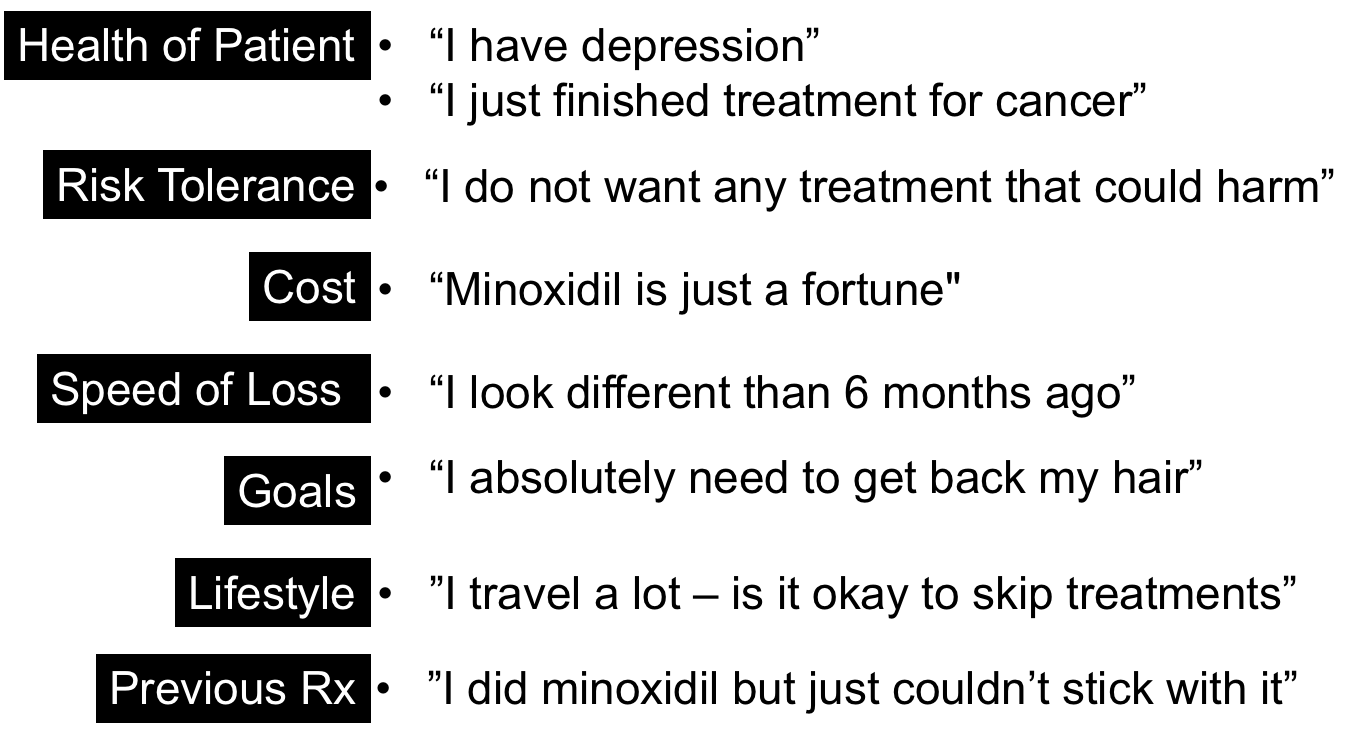When An Evidence Based Approach is Just not Enough
Keeping the Patient’s Concerns Central in Evidence Based Medicine: Evidence Based Patient Centered (EB-PC) Decision Making
In the early days of medicine, physicians made recommendations to their patients based on their own previous experiences treating other patients. Over time, by witnessing which patients had their diseases improve and which did not, physicians would change their standard recommendations. Nowadays, the new way of doctoring relies less on one’s previous experiences as a whole and more on the collective experiences of all health care providers around the world. If treatment X has proven itself in several countries or several good studies to be highly effective in treating disease Y, it quickly rises to the top of the list of the top treatment to be considered for any patient with disease Y. We call this new era the era of ‘evidence based medicine.’
Every student of medicine now develops their entire problem solving skills as a doctor based on this type of evidence based medicine (EBM). When thinking about what treatment to recommend, one asks the question as to what treatment has proven itself time and time again in clinical studies to be the most effective in treating the given disease. That treatment is then placed at the top of the list in treatment options presented to the patient.
From Evidence Based Medicine to EvidenceBased Patient Centered Medicine
Evidence Based Medicine has revolutionized how diseases are treated. For every medical condition, we decide on the best treatment to offer the patient by scouring the medical journals for current and past studies. This does not however always mean that this will be the treatment that the patient goes home with. Although the first step in deciding on treatment is figuring out what has proven effective in other studies, the second step in deciding on treatment is deciding on what makes the most sense to the patient. The most effective treatment is not always the treatment the patient begins. This is the concept behind evidence based patient centered medicine (EBPCM).
In the world of hair loss, we practice EBPCM each and every day. Some patients leave the office with the most effective treatment. Some leave the office with treatment prescriptions that are potentially less effective. At first glance, it seems incomprehensible – why wouldn’t the patient want the best treatment? The following descriptions help clarify this.
Table 1: Patient comments that Might influence the Type of Treatment Recommended
When discussing treatments with patients, we need to take into account several aspects including the health of the patient, their risk tolerance, cost, goals, lifestyle and how they have responded to treatments in the past.
Example 1
Consider the 21 year old female with alopecia areata affecting 70 % of her scalp. Given her history, the physician determines that current evidence would suggest that the best treatment for her is a JAK inhibitor such as tofacitinib. However, using a patient centered approach, further discussion reveals that the patient does not have insurance coverage for the medication. Even if she did, she does not like the sound of taking a systemic medication and does not want to consider the medication. For her the best option to consider are options such as diphencyprone.
Example 2
Consider as a second example the 24 year old male who has been recommended to consider finasteride for treatment of his male balding. Further discussion reveals that the patient has depression and together the patient and the physician discuss that finasteride can rarely cause or worsen depression. Together the patient and doctor feel that now is not the time to risk worsening the depression with finasteride. He decides then to start topical minxoidil and re-evaluate the situation again in 6 months.
Conclusion and Final Comments
Evidence based algorithms help the physician decide how to rank treatments from most effective to least effective. However, patient centered approaches allow the evidence based algorithm to re-ordered according to what will fit best with the patient. We need evidence based approaches to give us the proper framework. The art of medicine is making sure that the best interest of our patients are always held to the highest level
This article was written by Dr. Jeff Donovan, a Canadian and US board certified dermatologist specializing exclusively in hair loss.

